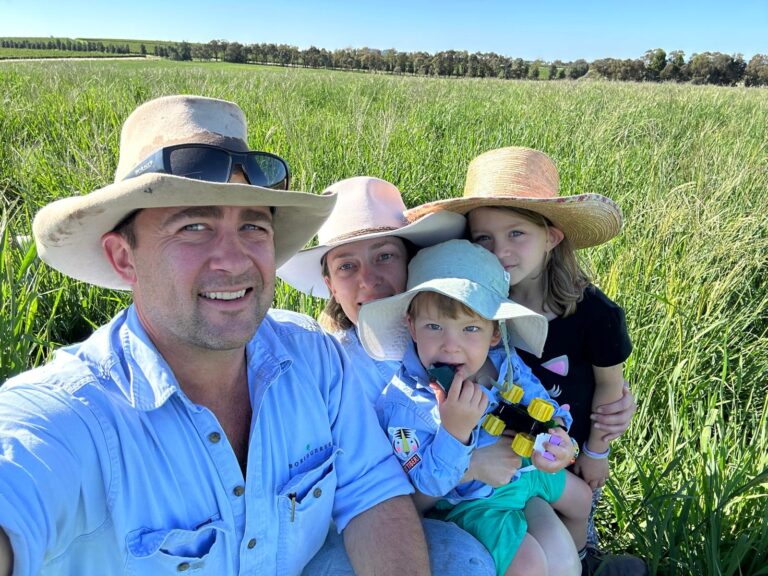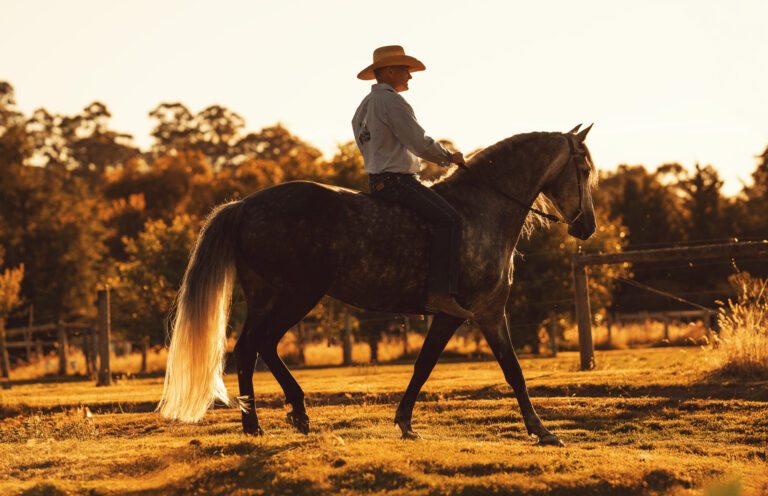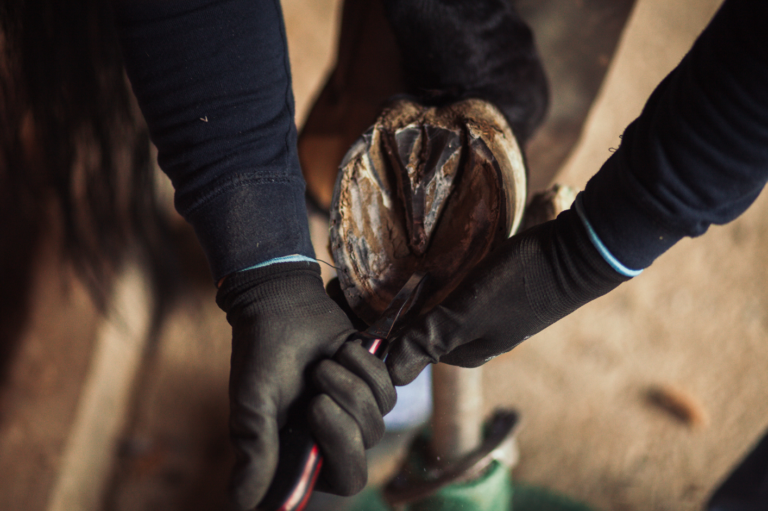Many horses are still rugged during the warmer months for a number of reasons.
Why do we rug our horses during the warmer months?
As the warmer months approach, horse owners are faced with the dilemma of how to rug their horses.
While we rug in winter to keep them warm, rugging in summer is carried out for a range of different reasons. Some would argue that a rug in summer isn’t necessary – and for many horses, this sentiment rings true.
However, owners often choose to rug their horse in summer for the following reasons:
1. To protect from insects
In some areas in particular, biting insects can cause a real problem for our equine friends – as such, this is a common reason to rug a horse during the warmer months.
The type of rug required for insect protection depends on the horse and the offenders. A very sensitive horse that is under attack from very small biting insects – such as sand flies – would require a rug that offers complete block-out, such as a cotton rip-stop rug.
For horses that are less sensitive – or for areas that are prone to biting insects of the larger variety – a fly mesh rug is an excellent option. These rugs will keep larger insects from biting whilst allowing better airflow than a heavier cotton rug.
When it comes to sensitive horses, it’s also important to remember that you may need to select a rug that stands up to plenty of rubbing and scratching – otherwise you may find yourself burning through a number of rugs each season!

A soft mesh rug allows for airflow while protecting the horse from insects and stopping the coat from bleaching.
2. To avoid coat bleaching
If you are planning to compete over the warmer months – or are simply concerned with the appearance of your horse’s coat – a summer rug can help combat coat bleaching.
Generally a problem with darker coloured horses, coat bleaching leaves the hairs lighter, duller and rough to the touch.
A light cotton rug or fly mesh is the best choice to prevent bleaching, as they will keep the sun off while still allowing airflow. A very light rug – such as a mesh or ‘flag’ rug – work to reflect heat and will often keep darker horses cooler in comparison to wearing no rug at all. Flag rugs are light but not very durable, so if your horse is tough on rugs then a fly mesh is generally a better option.
If you want to avoid coat bleaching, remember that a combo-style rug or neck rug is often a good idea – otherwise your horse will be left with a sleek body and bleached neck/mane!

Unlined canvas rugs can be a suitable option should wet weather strike during the warmer months.
3. Wet weather protection
In most parts of the country, there is still a chance of rain during the warmer months.
Rugging during wet weather is a real challenge. While the southern states can occasionally have cool, wet weather during spring and summer, the northern states experience rainfall accompanied by high humidity.
If you do decide to rug your horse during wet weather, a rain sheet or unlined canvas is the best option as these rugs deliver rain protection minus the warmth factor. It’s important to note that although these rugs are touted as being breathable they breathability is generally reduced to zero once water covers the fabric’s ‘pores’. In warm, wet weather, this means that your horse can become quite hot very quickly.
In order to wick away moisture, a light cotton rug can be used underneath the rain sheet – this can help to prevent the horse becoming too ‘sticky’.
If it’s still quite warm, most horses are better off getting a little wet than steaming up under a waterproof rug.
Picking the right rug during warmer weather is no mean feat. The lighter the rug, the more comfortable your horse will be – however lighter rugs are generally not as strong or as useful in deterring insects. The trick is to strike a balance between cool/light and strong/durable.
If your horse isn’t super sensitive to insects and cleanliness isn’t a major issue, then choosing to leave the rugs off is usually a safe option if you’re struggling to decide!







